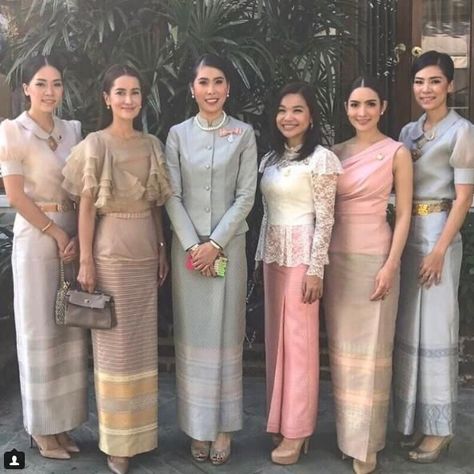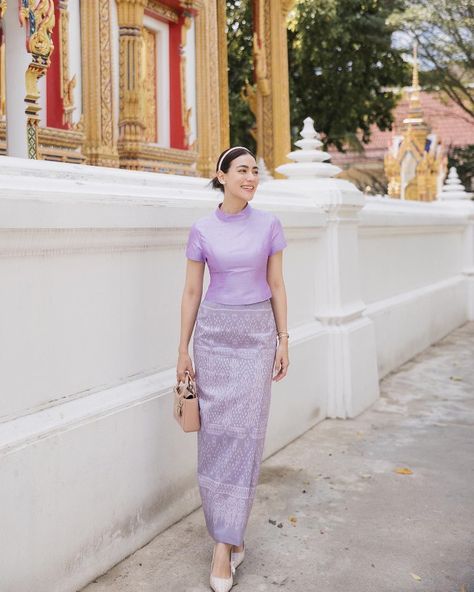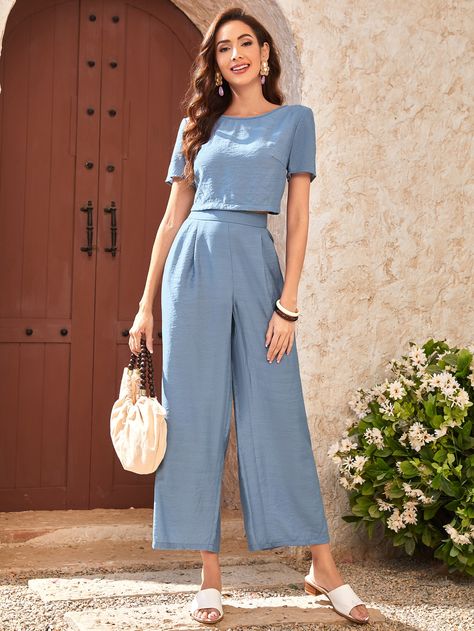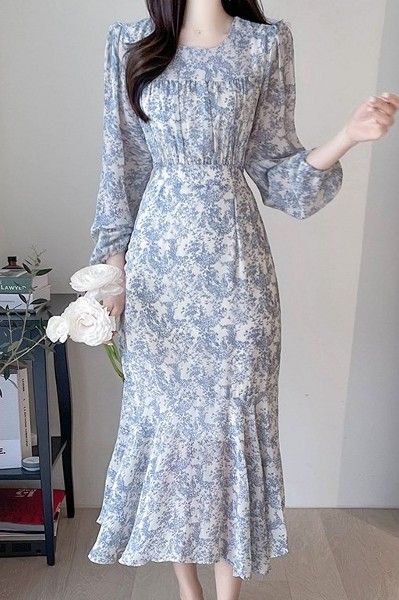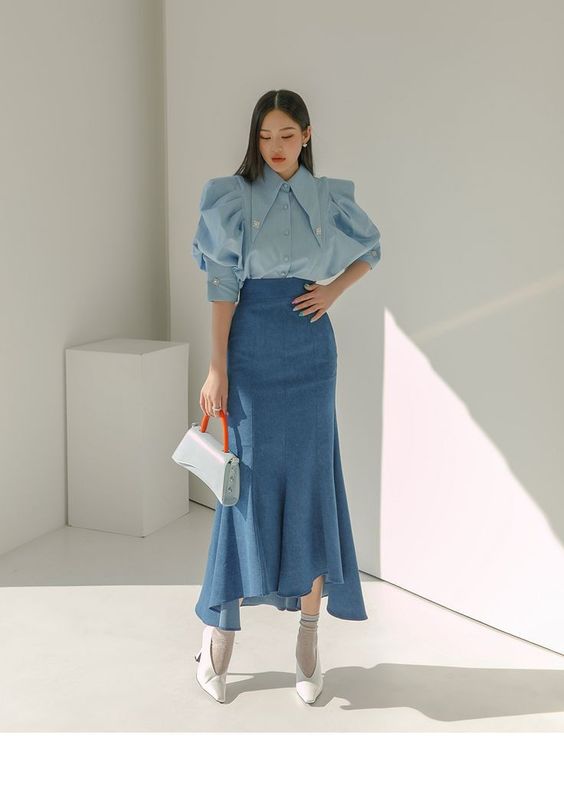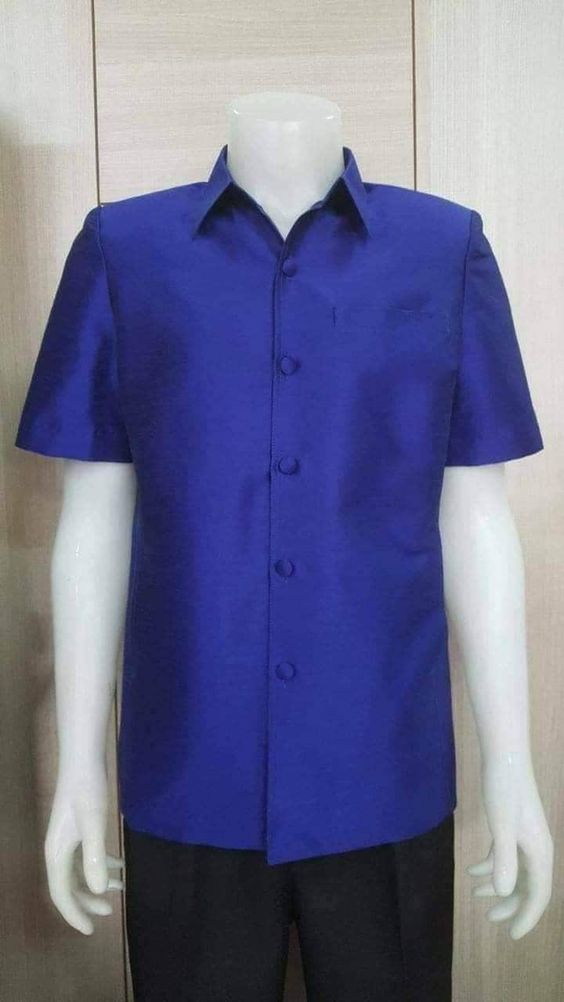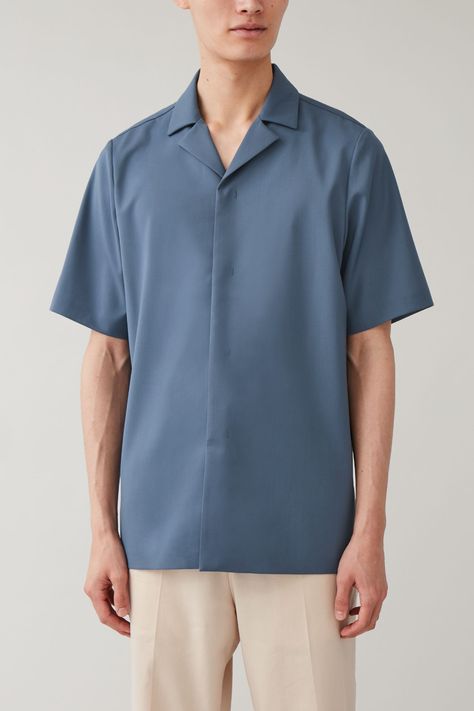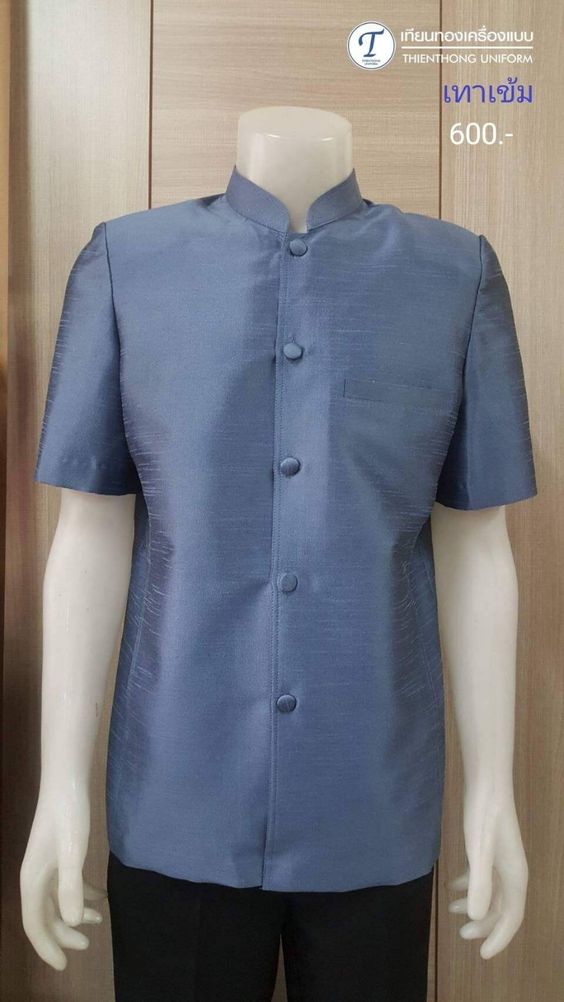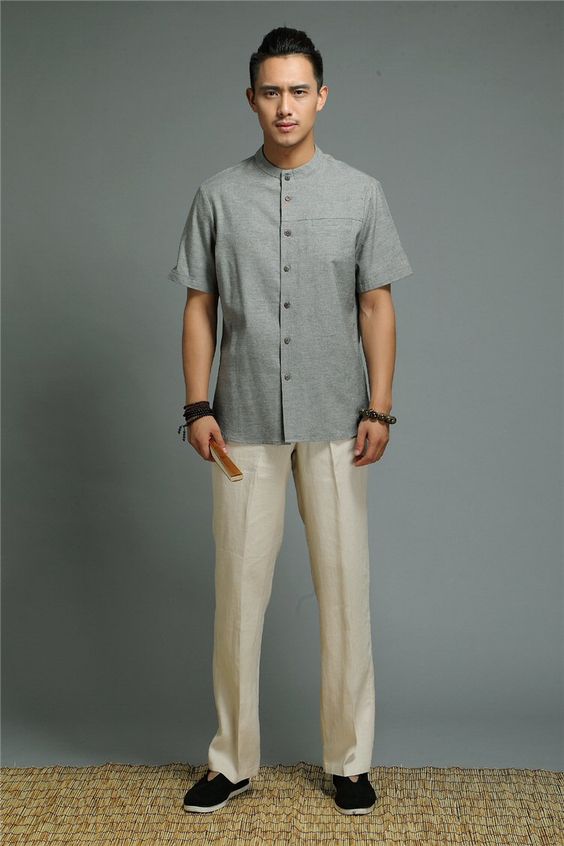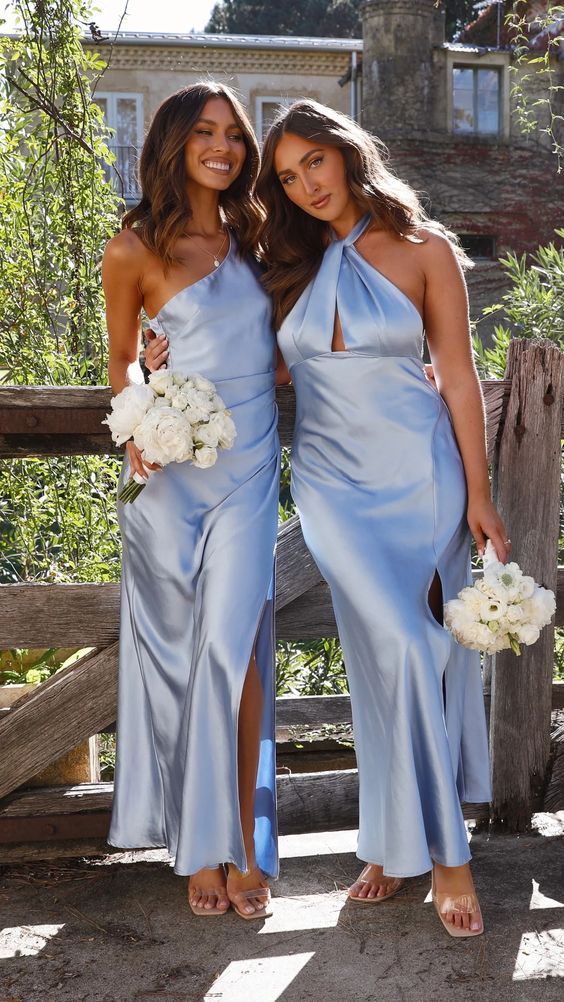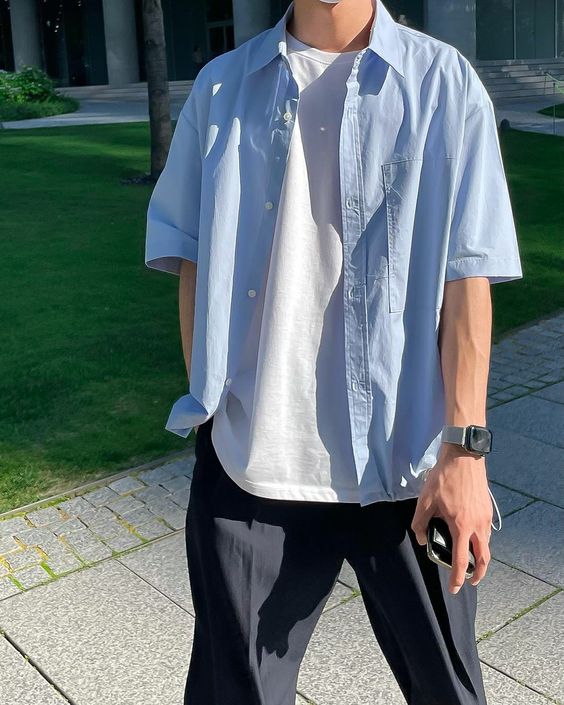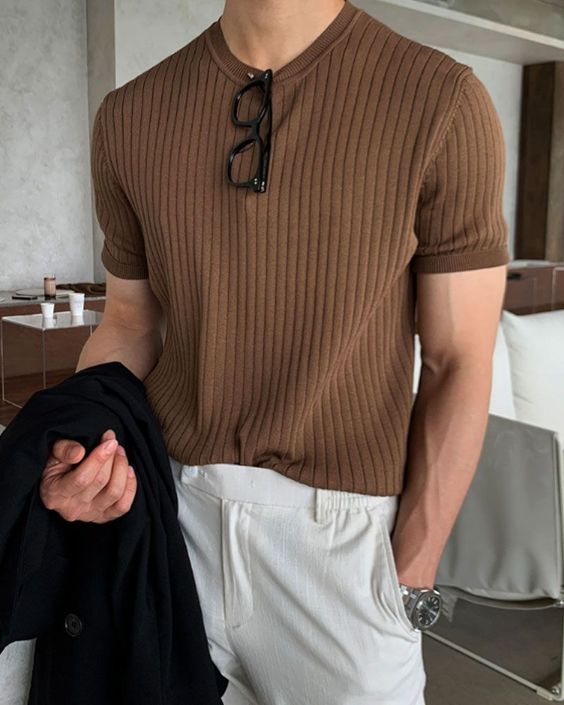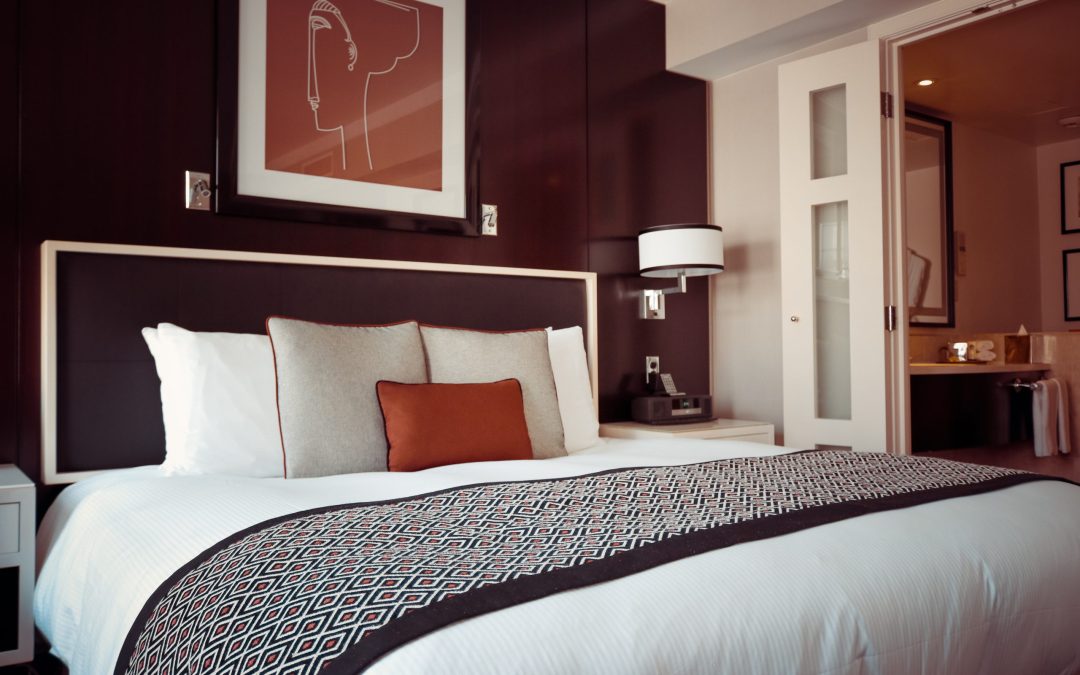Wedding ceremonies
ENGLISH
1. พิธีสงฆ์ (The Monk Ceremony)
The ceremony requires the bride and groom light the candle and joss sticks to pay respect to the Triple Gem and prostrate. Receive prayers from the monks and hearing key learnings based on the budda’s teachings. Later the monks are gifted breakfast.
————————————-
2. กล่าวต้อนรับ | พิธีตั้งขบวนขันหมาก แห่ และรับขันหมาก
(Welcome | Khan Maak Procession)
the Khan Maak Procession or the arrival of the groom and his entourage at the bride’s home or at the ceremony location to ask the bride’s family for permission to pass through.
The Khan Maak includes rice, sesame seeds, Thai food and Thai desserts for the feast, as well as monetary gifts and other precious items, such as gold and jewelry, which will make up the dowry to the Bride’s parents later on in the ceremony. Many of these gifts represent important aspects of the marriage, such as health, prosperity, fertility and longevity.
As for Thai desserts are to be eaten as part of the feast, which consist of 9 different items. The number 9 is important in Thai society and its’ use on occasions such as this, is regarded as very lucky.
The timing of the procession is also important, as it will have been calculated to occur at the most auspicious moment for the couple. It is also common for the lucky number 9 to figure in these calculations as well.)
————————————-
3. พิธีกั้นประตู (Barring the Groom from approaching the Bride)
Barring the Groom from approaching the Bride. The groom has to ask for permission to pass through the silver and gold doors to reach the bride.
In order for the wedding to continue, the Groom must collect the Bride from her room to join him for the engagement ceremony. However, before this can happen, the Groom must successfully pass through a number of obstacles that are put in the Grooms way by the Bride’s family or in this case known as the ‘keepers of the locks’. These symbolic “doors” or the silver and gold doors can only be entered once the Groom has proved his worth to the keepers of the locks. They will determine whether he can pass through each door or not. But his passage to the next door, or ultimately to the Bride’s room itself, will only be granted once a “toll” has been negotiated with the keepers of the locks. The toll for each subsequent door might or might not increase as the Groom successfully advances.)
————————————-
4. พิธีสู่ขอ (The Engagement)
It is almost the auspicious moment. Today we have the families, elders, respect guests and friends from both sides as witnesses for the bride and groom’s auspicious day.
On this part of the ceremony. Both parties are to discuss on the dowries, in which the groom has to present and deliver what he had promised to bring as dowries to the bride’s parents.
The bride’s parents may briefly count and check the dowries. Then, the bride’s mother will allow the groom to approach the bride and bring her to the ceremony.
Now that our bride has arrived, I would like to invite the groom’s parents to officially ask for consent from the bride’s parents, for the couple to get married.
————————————-
5. พิธีนับสินสอด/ พิธีหมั้น/ พิธีสวมแหวนหมั้น
(Counting the Dowry)
Once the bride has accepted the engagement, we may now move on to the official ‘Counting the Dowry’ process. After the bride’s parents finishing counting, both the bride’s and groom’s parents (and elders) will bless the dowry by sprinkling mung beans, sesame seeds, popped rice, cape marigold petals and Thai scented powder over the dowries for good luck. By which each element represents prosperity. Then the bride’s mother will lift up the dowries in a red cloth over her shoulder as a traditional symbolic of prosperity.
This is now the official engagement. The couple may now exchange rings.
The engagement ceremony is now done
————————————-
6. พิธีหลั่งน้ำพระพุทธมนต์ (Water Pouring)
The bride and grooms are seated at the traditional water pouring tables for the ‘Water Pouring Ceremony’.
In which the chairman of the ceremony who has given us the honor of joining today’s ceremony, has placed the ceremonial headdresses around the couple’s heads to signify the joining of the couple, and the first to pour holy water and give blessing to the couple.
The conch shell is believed to be holy and as for the water signifies stabilty for the couple’s marriage.
————————————-
7. พิธีรับไหว้ (Paying Respects to the Elders)
The newlyweds are to pay their respects to the elder members of the two families by performing a ‘Kraab’ or prostration without opening the palm of the hand. Company with a gift of candles, incense and perhaps silk or cloth, or other kinds of gifts.
And in return, the elders might give money or a gift to bless the couple.
————————————-
8. เชิญรับประทานอาหารกลางวัน (Lunch)
————————————-
9. พิธีเรียงหมอน/พิธีปูที่นอน หรือ พิธีส่งตัว (The Nuptial Bed)
This is the last part of the Thai wedding ceremony. The newly wedded couple will find an old couple in the honeymoon suite, ready to welcome them. The old couple are a good example and representative of a successful marriage. The bed will have some bags and rice placed on it. These are symbols of fertility and prosperity to the newly-weds. The couple will spend the next three days with those items on the bed.
————————————-
Erklärung der thailändischen -Hochzeit Zeremonien
DEUTSCH
1. Die Mönchszeremonie
Bei der Zeremonie zünden Braut und Bräutigam eine Kerze und Räucherstäbchen an, um dem Dreifachen Edelstein Respekt zu erweisen und sich niederzuwerfen. Sie erhalten Gebete von den Mönchen und hören wichtige Erkenntnisse aus den Lehren des Buddas. Später wird den Mönchen ein Frühstück gereicht.
2. Wilkommen | Die Khan Maak Prozession oder die Ankunft des Bräutigams und seines Gefolges am Haus der Braut, um die Familie der Braut um die Erlaubnis zu bitten, den Ort zu passieren.
Zum Khan Maak gehören Reis, Sesam, thailändisches Essen und thailändische Desserts für das Festmahl sowie Geldgeschenke und andere kostbare Gegenstände wie Gold und Schmuck, die später in der Zeremonie die Mitgift für die Eltern der Braut bilden werden.
Viele dieser Geschenke stehen für wichtige Aspekte der Ehe, wie Gesundheit, Wohlstand, Fruchtbarkeit und Langlebigkeit. 9 verschiedene thailändische Desserts werden im Rahmen des Festmahls gegessen. Die Zahl 9 spielt in der thailändischen Gesellschaft eine wichtige Rolle und ihre Verwendung bei Anlässen wie diesem gilt als Glückszahl.
Auch der Zeitpunkt der Prozession ist wichtig, denn sie wird so berechnet, dass sie zum günstigsten Zeitpunkt für das Paar stattfindet. Es ist auch üblich, dass die Glückszahl 9 in diese Berechnungen mit einfließt.
—————————————————————
3. Dem Bräutigam die Annäherung an die Braut verbieten
Dem Bräutigam die Annäherung an die Braut verbieten. Der Bräutigam muss um Erlaubnis bitten, die silberne und goldene Tür zu durchschreiten, um zur Braut zu gelangen. Damit die Hochzeit fortgesetzt werden kann, muss der Bräutigam die Braut aus ihrem Zimmer abholen, um mit ihr die Verlobungszeremonie durchzuführen.
Bevor dies jedoch geschehen kann, muss der Bräutigam eine Reihe von Hindernissen überwinden, die ihm von der Familie der Braut, in diesem Fall die “Hüter der Schlösser” genannt, in den Weg gelegt werden. Diese symbolischen “Türen” oder die silbernen und goldenen Türen können erst dann betreten werden, wenn der Bräutigam seinen Wert für die Hüter der Schlösser bewiesen hat.
Sie werden entscheiden, ob er durch die jeweilige Tür gehen kann oder nicht. Aber der Durchgang zur nächsten Tür oder schließlich zum Zimmer der Braut selbst wird ihm nur gewährt, wenn er mit den Wächtern der Schlösser einen “Zoll” ausgehandelt hat. Die Gebühr für jede weitere Tür kann sich erhöhen oder auch nicht, wenn der Bräutigam erfolgreich vorankommt.
—————————————————————
4. Die Verlobung
Es ist fast der verheißungsvolle Moment. Heute haben wir die Familien, die Ältesten, die Ehrengäste und die Freunde von beiden Seiten als Zeugen für den glücklichen Tag der Braut und des Bräutigams. Beide Parteien besprechen die Mitgift, wobei der Bräutigam den Eltern der Braut die versprochene Mitgift vorlegen und übergeben muss. Dann erlaubt die Mutter der Braut dem Bräutigam, sich der Braut zu nähern und sie zur Zeremonie zu bringen.
Jetzt, da unsere Braut eingetroffen ist, möchte ich die Eltern des Bräutigams einladen, die Eltern der Braut offiziell um ihre Zustimmung zu bitten, damit das Paar heiraten kann.
—————————————————————
5 Zählen der Mitgift
Sobald die Braut die Verlobung akzeptiert hat, können wir nun mit dem offiziellen Prozess des ‘Zählens der Mitgift’ fortfahren. Nachdem die Eltern der Braut mit dem Zählen fertig sind, werden sowohl die Eltern der Braut als auch die des Bräutigams (und die Ältesten) die Mitgift segnen, indem sie Mungobohnen, Sesamsamen, gepoppten Reis, Ringelblumenblüten und thailändisches Duftpulver über die Mitgift streuen, um Glück zu bringen. Wobei jedes Element für Wohlstand steht.
Dann hebt die Mutter der Braut die Mitgift in einem roten Tuch über ihre Schulter als traditionelles Symbol für Wohlstand. Das Paar kann nun die Ringe austauschen, die Verlobungszeremonie ist damit abgeschlossen
DE
w
—————————————————————
6. Wasser gießen
Die Braut und Bräutigam nehmen für die ‘Water Pouring Ceremony’ an den traditionellen Wassergießtischen Platz. Der Vorsitzende der Zeremonie, der uns die Ehre gegeben hat, an der heutigen Zeremonie teilzunehmen, hat die Kopfbedeckungen um die Köpfe des Paares gelegt, um die Vereinigung des Paares zu symbolisieren, und er ist der erste, der Weihwasser ausgießt und das Paar segnet.
—————————————————————
7. Ehrerbietung an die Ältesten
Die Frischvermählten erweisen den älteren Mitgliedern der beiden Familien ihre Ehrerbietung, indem sie eine ‘Kraab’ oder Niederwerfung vollziehen, ohne die Handfläche zu öffnen. Im Gegenzug geben die Ältesten vielleicht Geld oder ein Geschenk, um das Paar zu segnen.
—————————————————————
8. Mittagessen
—————————————————————
9. Das Hochzeitsbett
Dies ist der letzte Teil der thailändischen Hochzeitszeremonie. Das frisch vermählte Paar wird in der Honeymoon-Suite ein altes Paar vorfinden, das bereit ist, sie zu empfangen. Das alte Paar ist ein gutes Beispiel und steht für eine erfolgreiche Ehe. Auf dem Bett befinden sich einige Säcke und Reis. Dies sind Symbole für Fruchtbarkeit und Wohlstand für das frisch vermählte Paar. Das Paar wird die nächsten drei Tage mit diesen Gegenständen auf dem Bett verbringen.

